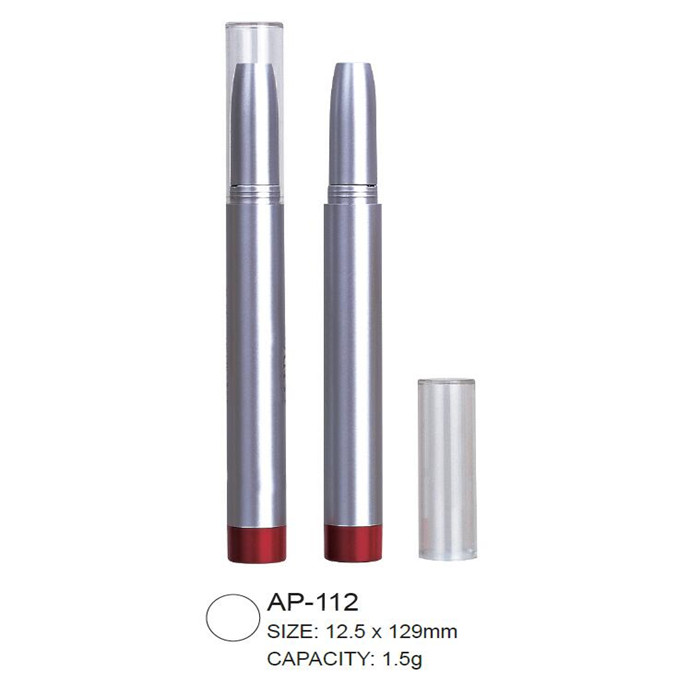We have many different kinds of solid filler Cosmetic Pen.
|
MOQ |
12.000pcs |
|
Delivery time |
50-55days |
|
Material |
AS,ABS |
|
color |
Injection color,spray coating color and UV metalizing color |
|
logo |
Silk screan and hot staping |
|
Packing |
paper carton |
|
Place of Origin |
Zhejiang |
We promise out standing service tailored to meet your demands. Our products are favored by many customers all over the world and are sold in Europe, North America, South America and Asia.
We are looking forward to your E-mail and establishing cooperative relationship with you! We would provide professional cosmetic pen with good services for you.

Solid Filler Cosmetic Pen, Solid Concealer Pen, Solid Filler Cosmetic Pencil
ims Packaging Limited , https://www.ims-cosmetic-packaging.com